$15 million for Crown land upgrades: $198,859 Allocated to Council for Weed Control - Governor Phillip Park misses out
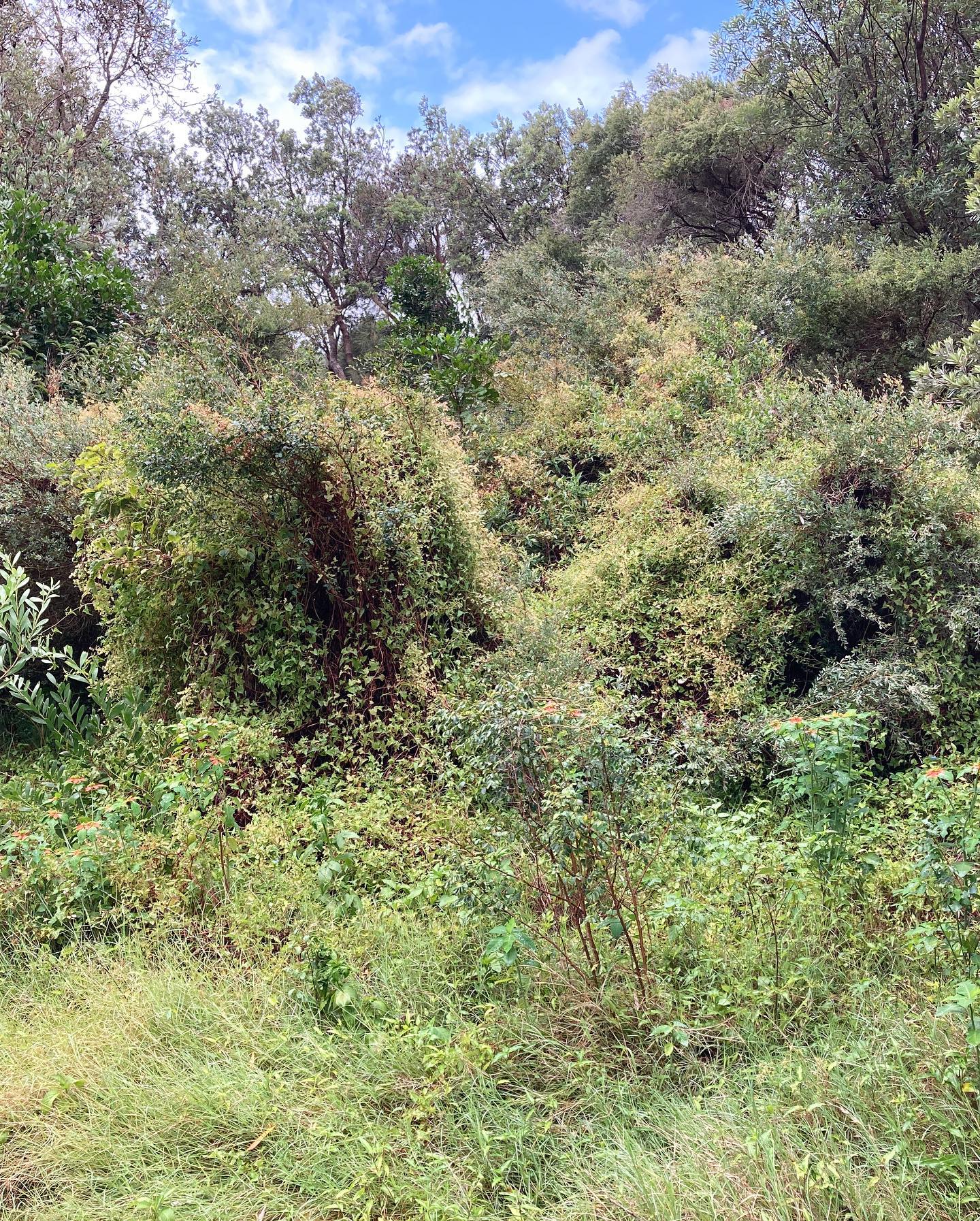
The weeds running rampant in Governor Phillip Park and those at Bangalley Headland Reserve have missed out on much needed funding, announced Tuesday, February 8th.
The NSW Government has stated it will invest $15.23 million from the Crown Reserves Improvement Fund in more than 250 projects to maintain and upgrade Crown land reserves and community facilities across the state.
Minister for Lands and Water Kevin Anderson said maintaining and enhancing Crown reserves supports business, tourism and recreation and gives locals access to quality open spaces.
Crown land reserves support everything from parks, community halls, nature areas, and showgrounds to sporting facilities, camping areas and walking tracks. They also provide a home for organisations like Scouts and Girl Guides, Men’s Sheds, Police Citizens Youth Clubs, and Surf Life Saving clubs.
“The NSW Government knows how important it is that we keep Crown reserves in top shape in order to support the communities that rely on these facilities. In doing so we are also protecting the environment and supporting tourism, business, and local economies,” Mr Anderson said.
“The Crown Reserves Improvement Fund supports projects in all areas of the state, particularly in regional NSW where we know communities make great use of facilities on Crown Land.”
“This year’s fund allocation will improve community facilities such as showgrounds, community amenities blocks, public halls, kitchens, sporting courts, picnic shelters and kiosks, fencing, electrical infrastructure and disabled access to reserves.
“It will also keep our reserves healthy and protect native plants and animals by removing noxious weeds and controlling feral pests like foxes, rabbits and cats.”
The funding allocated to council has been announced in the summary of the 2021-22 successful applicants. Overall 109 locations and $2,653,802 has been allocated to weed removal and control.
Of this $198,859 was allocated to the local council for weed control.
Northern Beaches Council - details:
- Control of weeds at Griffith Park $24,998
- Control of weeds at Long Reef Dunes - Griffith Park $11,600
- Control of weeds at Mona Vale Dunes - Beeby Park $16,172
- Control of invasive weeds at Harbord Lagoon & Reserve $27,314
- Control of invasive weeds at Lake Park $25,300
- Control of weeds at Harbord Lagoon & Reserve $27,475
- Control of weeds at Jamieson Park $22,000
- Control of weeds at Wakehurst Parkway $24,000
- Control of invasive weeds at Allenby Park - Allambie Heights, Brookvale $44,000
Also allocated: Northern Metropolitan Cemeteries Land Manager - Control of invasive weeds at Frenchs Forest General Cemetery $ 22,940.
These grants are given on the basis of these being Crown Lands and are provided by the state government. Readers can access the full list of the 2021-22 successful applicants
As run in the Environment page last week, and since putting up a post listing the funding allocations on one of the Pittwater Online News social media platforms, Residents across the Local Government Area have contacted the magazine stating grass is overgrown in their local reserves and parks(grass is 50-75cm high in many local reserves, covering benches) and has been so for for months and for years in some cases.
The Council is also limited in what funds it can apply for to address the problem, should it be short of funds for maintenance, as all announcements coming out of the federal government are about protecting rural areas and agriculture or must target specific new weeds rather than the ones still prevalent.
The Delivery Program 2021-2025 and Operational Plan and Budget 2021/22 is not delivering good results. With so much money allocated in the Capital Projects for new Parks and Recreation works going outside of Pittwater, Council needs to review its budgeting priorities.
One email received this week on weeds in the Warriewood Valley reads:
Weed infestations in Warriewood Valley
I am writing to you as a very concerned citizen and long-term ratepayer. My concern is the overwhelming infestation of weeds throughout the Northern Beaches, but especially in the Warriewood Valley. We have lived in this once beautiful valley for 45 years and have never seen the weeds so rampant... choking waterways and native plants with their prolific growth. Every creek and settlement pond is now so full of Ludwigia, Parrot Feather, Azolla, Duckweed, etc, that they leave little room for the once prolific wildlife, especially the waterbirds. Along some creeklines the smell of de-oxygenated, rotting ponds is now unavoidable, with only a handful of waterfowl able to survive.
And beside the creeks the bushland is faring no better... mature banksias and other shrubs - and even large trees - are now so covered with Morning Glory or Madeira Vine that they are dying a slow death, and the ground itself is blanketed with Tradescantia, inhibiting any hope of native seedling survival.
Before the amalgamation, Pittwater Council appeared to be much more environmentally aware, willing to spend real money and effort on keeping the weeds at bay. In those days we would often encounter gangs of Council workers, many of them on hands and knees, pulling weeds out before they could gain hold. Ever since the amalgamation we rarely see any Council-sponsored weed control, with the result being that it has now gotten well-and-truly out of hand... and it will take a massive operation to bring it back to a controllable state.
So, I am asking Council to undertake that "massive operation". If you don't do this now we will have lost forever a once-valuable and unique slice of Australian bushland... and the animals that depend on it. I would offer to guide your officers to the worst areas of weed infestation, but it is bad throughout the valley, especially along the creeklines.
Kevin M.
There are quite a few others, citing weed encroachment in all areas and all suburbs across Pittwater.
Currently the council's Community Strategic Plan is open for comment.
Goal 1, p.23:
Our bushland, coast and waterways are protected to ensure safe and sustainable use for present and future generations Strategies
a: Protect and restore local biodiversity and bushland
b: Protect and improve ecological conditions in catchments, creeks and lagoons
c: Protect and manage the condition and safe access to the coast, lagoons, Middle Harbour, and Pittwater
d: Provide sustainable access to the natural environment, while recognising and protecting its cultural and heritage value.
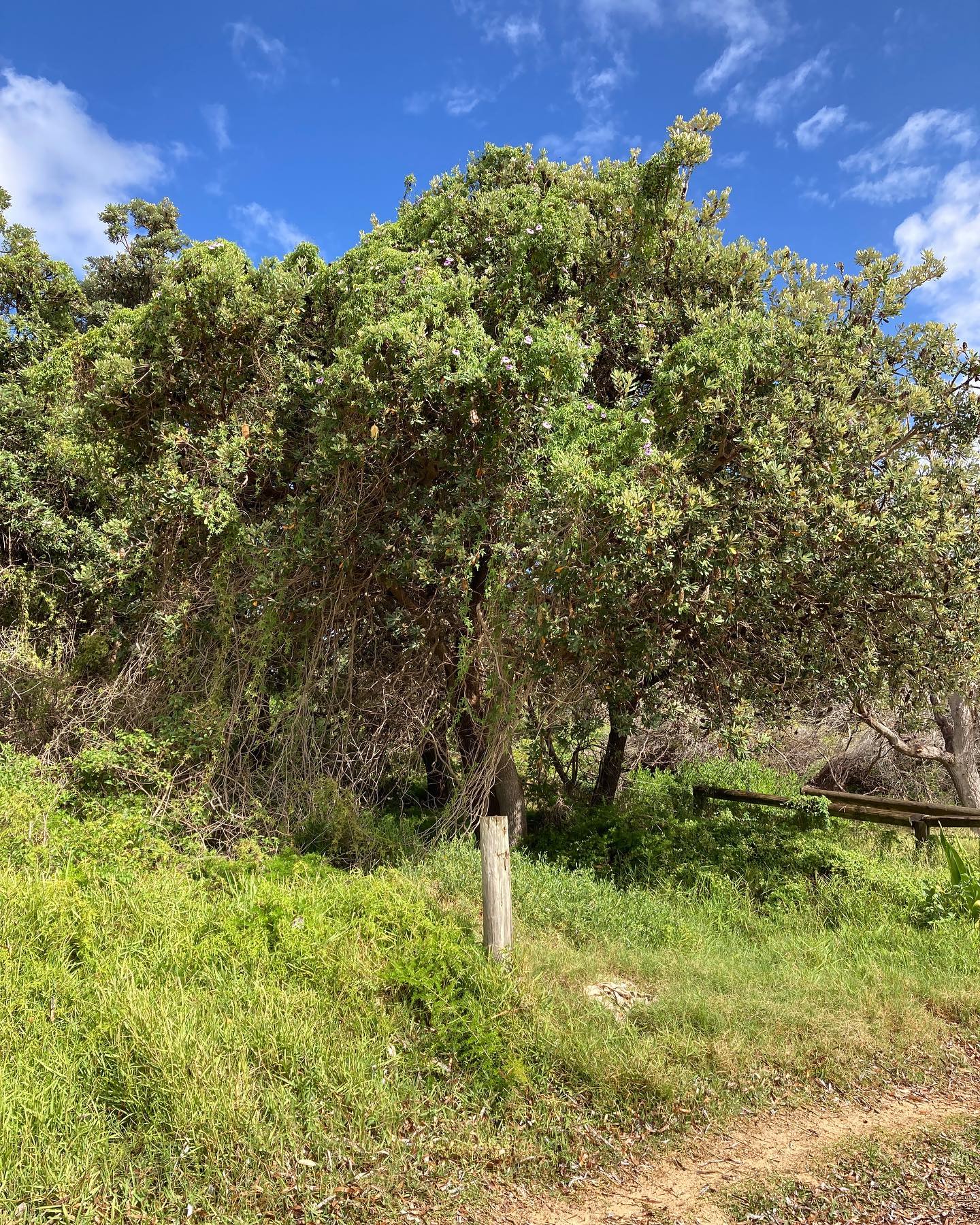
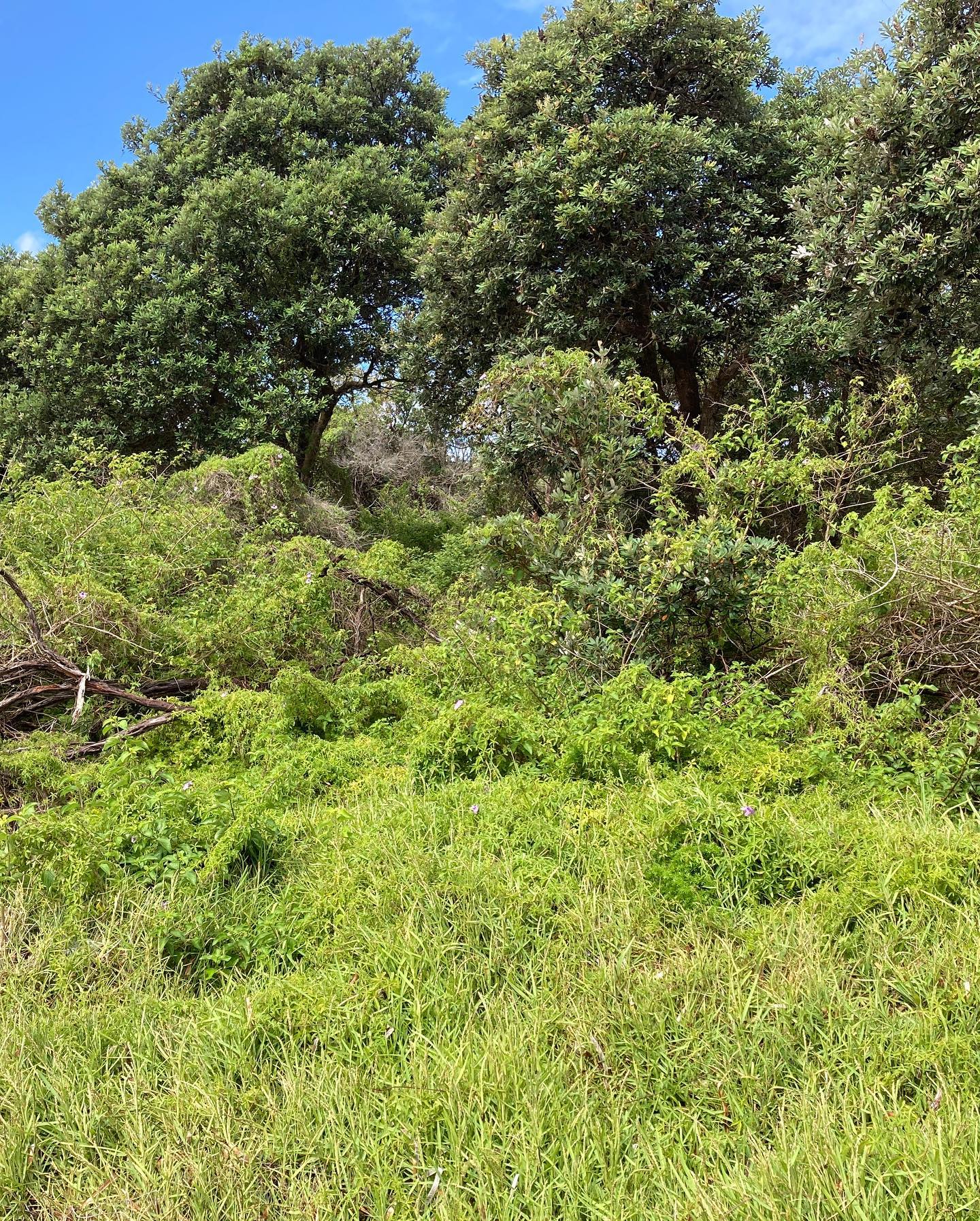
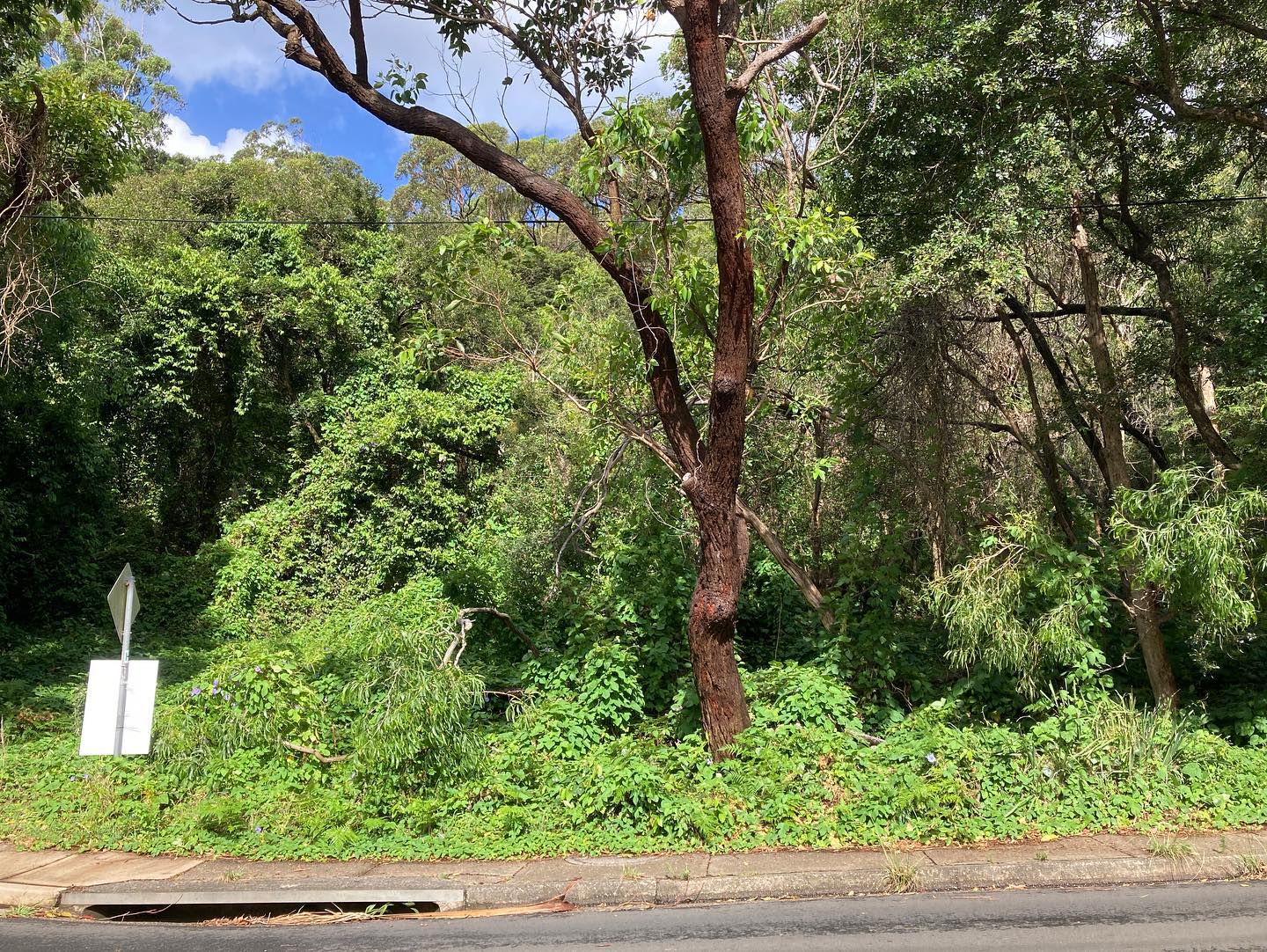
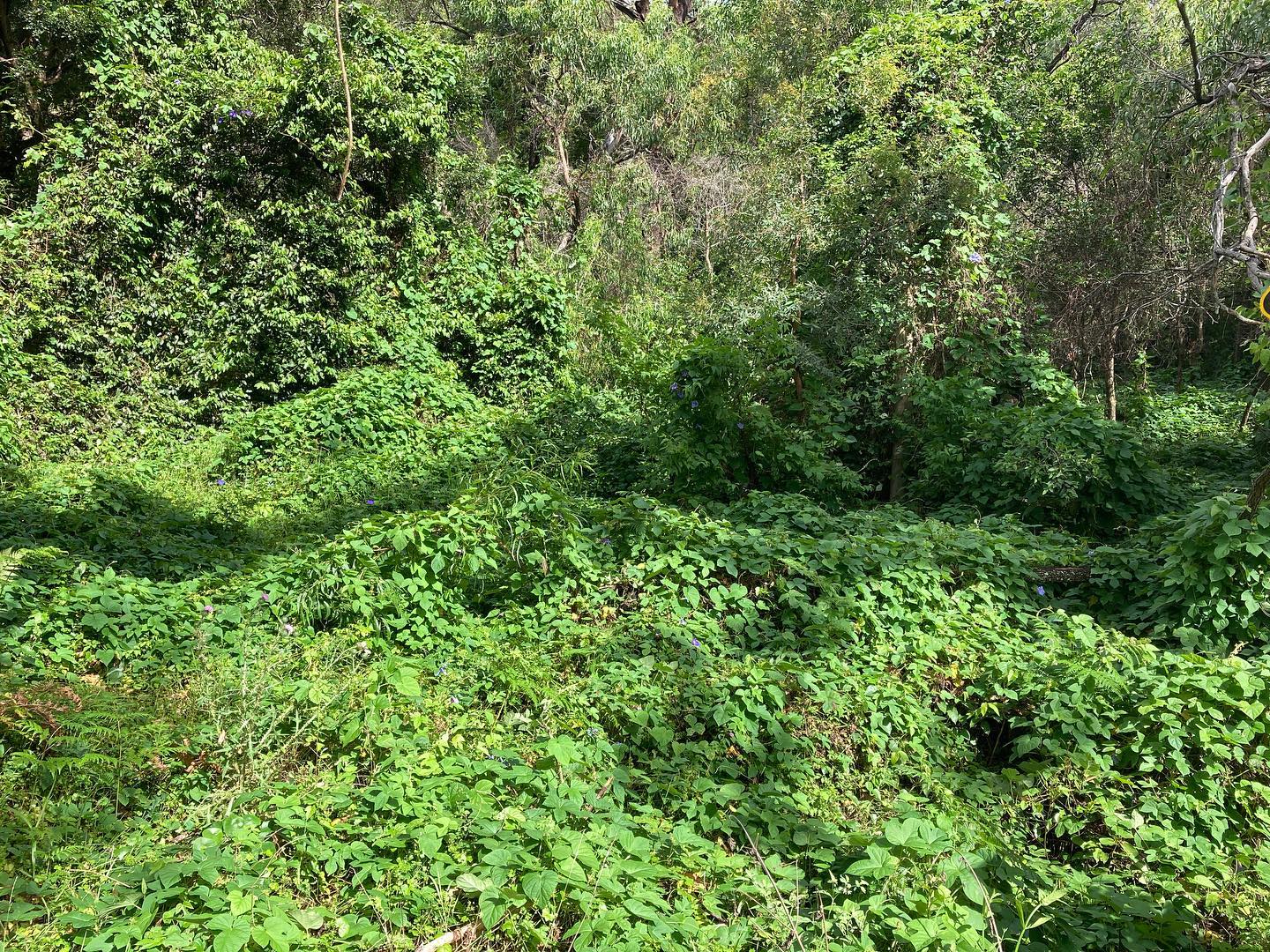
- the prevention, elimination, minimisation and management of the biosecurity risk posed or likely to be posed by weeds,
- to develop, implement, co-ordinate and review weed control programs
- to inspect land in connection with its weed control functions
- to keep records about the exercise of the local control authority’s functions under this Act
- to report to the Secretary about the exercise of the local control authority’s functions under this Act